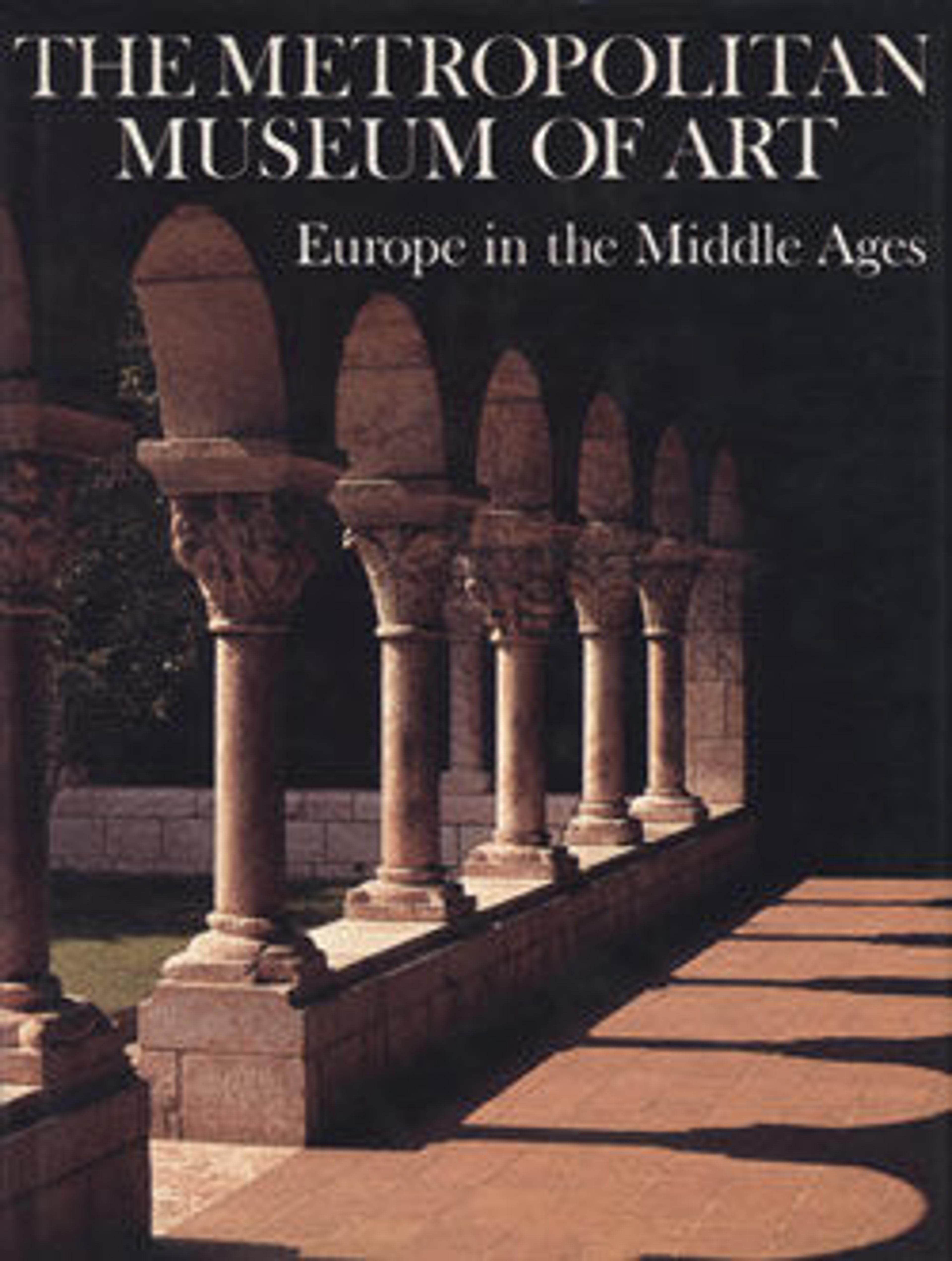Statuette of the Personification of a City
Tyche, the personification of chance or fortune, was also understood as the protector of cities. Linked to civic pride and well-being, she appeared in a range of media, including coins, stone reliefs, glass bottles, and stone and copper-alloy sculptures. Here, Tyche sits on a low throne. Wearing a mural crown, chiton, and peplos, she holds a cornucopia in her left hand. She extends her right hand, which held a now-missing attribute, possibly a staff. It is difficult to identify which city is represented by the statuette, but regardless, the sculpture is representative of the small-scale Tyche images found throughout the late Roman and early Byzantine worlds.
Artwork Details
- Title:Statuette of the Personification of a City
- Date:300–500
- Culture:Late Roman or Byzantine
- Medium:Copper alloy
- Dimensions:Overall: 10 1/16 x 5 11/16 x 4 1/16 in. (25.5 x 14.4 x 10.3 cm)
- Classification:Metalwork-Copper alloy
- Credit Line:Fletcher Fund, 1947
- Object Number:47.100.40
- Curatorial Department: Medieval Art and The Cloisters
More Artwork
Research Resources
The Met provides unparalleled resources for research and welcomes an international community of students and scholars. The Met's Open Access API is where creators and researchers can connect to the The Met collection. Open Access data and public domain images are available for unrestricted commercial and noncommercial use without permission or fee.
To request images under copyright and other restrictions, please use this Image Request form.
Feedback
We continue to research and examine historical and cultural context for objects in The Met collection. If you have comments or questions about this object record, please contact us using the form below. The Museum looks forward to receiving your comments.
